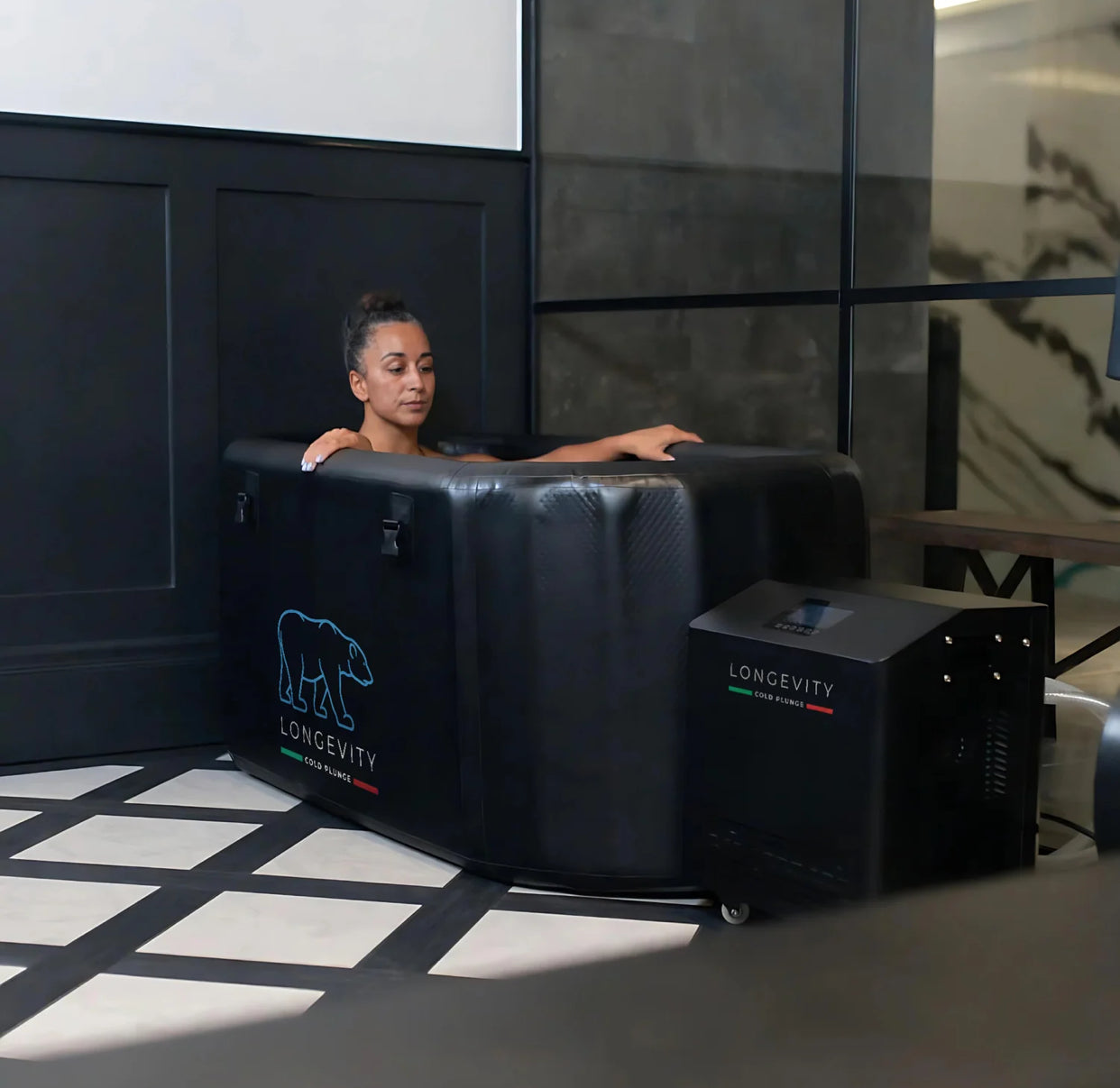Don’t rush into a hot shower, work out hard, or skip hydration after your Cold Plunge, Ice Bath Tub, or Cold Plunge Tub. These mistakes can blunt the benefits and strain your body. Read on for the best recovery tips!

Avoid Immediate Temperature Extremes and Strenuous Activity
Don't Rush into Hot Showers or Saunas
Understanding "Afterdrop" and Gradual Rewarming
When you heat up too quickly after a Cold Plunge, you risk “afterdrop,” where your core temperature keeps falling even after you exit the cold.
This occurs because chilled blood in your limbs returns to your core too fast.
Allow your body to warm up naturally with clothes and gentle movement.
Why Sudden Changes Can Be Detrimental to Your System
Rapid temperature swings stress your cardiovascular system.
They also reduce the adaptive benefits of cold exposure.
Ease into warmth gradually for best results.
Steer Clear of Intense Exercise
Impact on Muscle Recovery and Blood Flow
Cold tightens blood vessels and can make muscles stiff temporarily.
Jumping into hard exercise straight after may increase strain or risk of injury.
Give your circulation time to normalise first.
Prioritising Gentle Movement and Light Stretching Instead
Light walking or stretching helps rewarm you gradually.
It boosts circulation and supports recovery.
This approach reduces stress on your system.
Refrain from Alcohol and Caffeine Consumption
How Alcohol Impairs Temperature Regulation and Hydration
Alcohol widens blood vessels, leading to heat loss.
It can mask how cold you feel, raising hypothermia risk.
It also dehydrates you and slows recovery.
Caffeine's Potential Interference with Your Body's Natural Recovery
Caffeine raises heart rate and stress hormones.
This may counteract the calming effects of cold exposure.
Opt for water or herbal teas post-plunge.
Crucial Recovery Missteps to Avoid for Lasting Benefits
Don't Neglect Post-Plunge Hydration and Nutrition
The Importance of Replenishing Fluids and Electrolytes
Cold exposure can subtly dehydrate you.
Drink water after your session.
Include electrolytes if you've sweated or exercised beforehand.
Fuelling Your Body for Muscle Repair and Energy Restoration
Balanced meals aid recovery.
Include protein for muscle repair and carbs for energy.
This helps maintain overall wellness.
Always Listen to Your Body and Avoid Overdoing It
Recognising and Responding to Discomfort Signals (e.g., Numbness, Excessive Cold)
Pay close attention to warning signs.
Numbness, shivering, or confusion mean it's time to stop.
Never push through serious discomfort.
The Risks of Prolonged Exposure (Hypothermia, Muscle Cramps)
Too much time in the cold can lead to cramps or hypothermia.
Cold stress should be hormetic—helpful in small doses but harmful if overdone.
Follow guidelines suited to your level.
Why Gradual Progression and Safety Precautions are Key
Cold exposure is a practice you build slowly.
Start with short durations and increase gradually.
Always prioritise safety and consult a professional if you have health concerns.
Takeaways
-
Avoid hot showers, hard workouts, or skipping hydration after your Cold Plunge, Ice Bath Tub, or Cold Plunge Tub.
-
Follow these tips for safer, more effective recovery.
-
Let your body adapt naturally for maximum benefits.
Conclusion
Your cold plunge recovery matters as much as the plunge itself. By avoiding these mistakes, you make sure your Cold Plunge Tub sessions stay invigorating, restorative, and truly beneficial.
Embrace mindful aftercare for a better, healthier routine!






